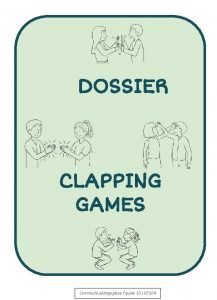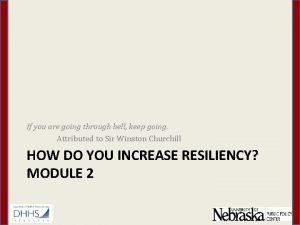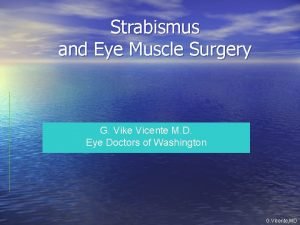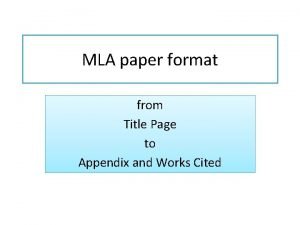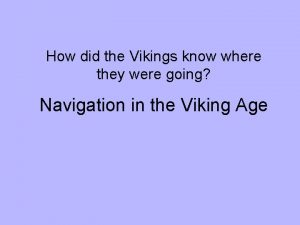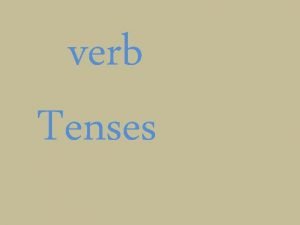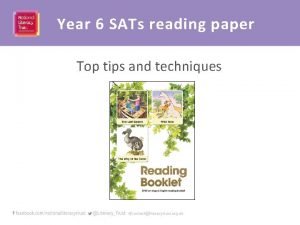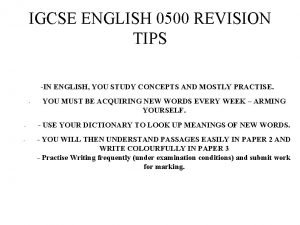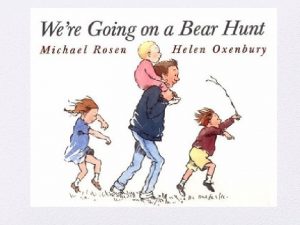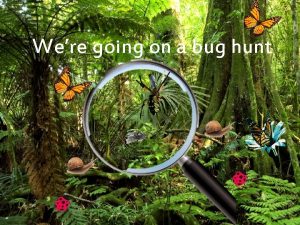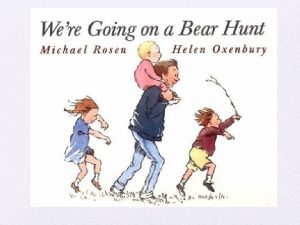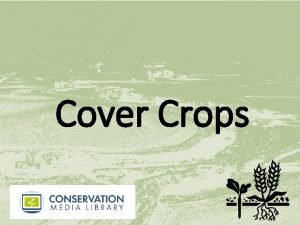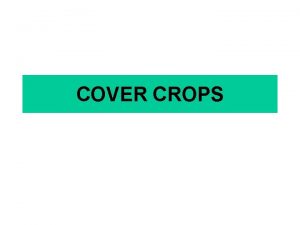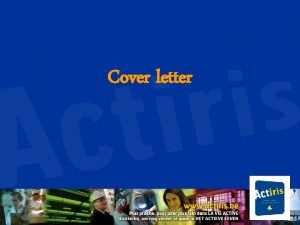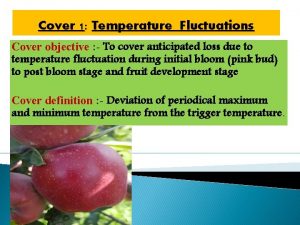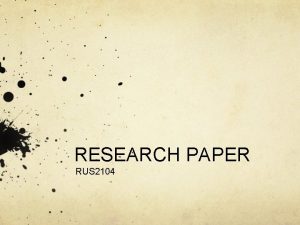Research Paper Tips Tips were going to cover












- Slides: 12

Research Paper Tips

Tips we’re going to cover today: Evaluating a Website n Avoiding Plagiarism n Levels of Evidence n Types of Research n Format / Works Cited n Outline / Parts of the Paper n

Evaluating a Website You can’t believe everything you read, whether it’s in a book or on a website. How do you know what you can trust? ! There are five different kinds of websites: ¡ Advocacy (Political parties, gun rights, abortion rights) ¡ Business/Marketing (Trying to promote/sell something) ¡ Informational (Educational or Government agencies) ¡ News (CNN, newspapers) ¡ Personal (Published by an individual) Be sure the site’s purpose is clear and that you’re not being tricked into giving out information or pressured to buy something. Be sure the info is up-to-date. It’s wise to be skeptical and use critical thinking skills!

Avoid Plagiarism occurs when you use another person’s words, expressions or ideas, but you do not acknowledge the source. ¡ ¡ Enclose quotation marks around all material that is directly quoted. Cite the information source when l you restate an idea, opinion or thesis by an author, l if you restate an expert’s theory or opinion, l if you use facts that are not common knowledge, or l if you need to provide an informational or explanatory note.

Levels of Evidence FACT: strongest / measurable supported by research ¡ ¡ ¡ OPINION or PREFERENCE: weakest / fiction, majority of people BELIEF or Faith: can never be proven

Primary vs. Secondary Sources A primary source is a document or physical object which was written or created during the time under study. ¡ A secondary source interprets and analyzes primary sources. These sources are one or more steps removed from the event. ¡

Examples of Primary Sources ¡ ¡ ¡ ¡ ¡ ORIGINAL DOCUMENTS (excerpts or translations acceptable): Diaries, speeches, manuscripts, letters, interviews, news film footage, autobiographies, official records CREATIVE WORKS: Poetry, drama, novels, music, art RELICS OR ARTIFACTS: Pottery, furniture, clothing, buildings Examples of primary sources include: Diary of Anne Frank - Experiences of a Jewish family during WWII The Constitution of Canada - Canadian History A journal article reporting NEW research or findings Weavings and pottery - Native American history Plato's Republic - Women in Ancient Greece

Examples of Secondary Sources ¡ PUBLICATIONS: Textbooks, magazine articles, histories, criticisms, commentaries, encyclopedias ¡ ¡ Examples of secondary sources include: A journal/magazine article which interprets or reviews previous findings A history textbook ¡ A book about the effects of WWI ¡

Types of Research Internet ¡ Library / Media Center ¡ l l l Books Magazines Encyclopedia Personal Interview ¡ No Wikipedia! ¡

Works Cited ¡ FORMAT l l MLA…most of the time APA…some of the time Examples of MLA and APA can be found on many websites, just “google” the terms. Style Guides are also available online.

Outline Title (Centered or left-aligned) I. Introduction A. Premise/Thesis B. Statement of points II. Body A. Point 1 1. Supporting Information 2. Supporting Information B. Point 2 1. Supporting Information 2. Supporting Information III. Conclusion/Summary A. Summary of supporting information B. Conclusion reached (Restatement of premise) IV. Citations

In Conclusion… ¡ ¡ ¡ Research papers are great fun! You’ll do many of them throughout your educational career. You’ll probably do something like a research paper many times in your life. You’ll benefit from learning to do it right the first time! We hope these tips have helped you. Now we’ll go to the Media Center’s webpage and look at some good resources.
 Tic tac toe going high going low going criss cross lollipop
Tic tac toe going high going low going criss cross lollipop Future in the past was were going to examples
Future in the past was were going to examples If you are going through hell, keep going means
If you are going through hell, keep going means Cover uncover test vs alternating cover test
Cover uncover test vs alternating cover test Intermittent exotropia
Intermittent exotropia Worth four dot test
Worth four dot test What is research gap meaning
What is research gap meaning Appendix title page
Appendix title page How did the vikings know where they were going
How did the vikings know where they were going Going on a bear hunt dr jean
Going on a bear hunt dr jean Present continuous time expressions
Present continuous time expressions Sats revision tips
Sats revision tips Igcse english revision
Igcse english revision
